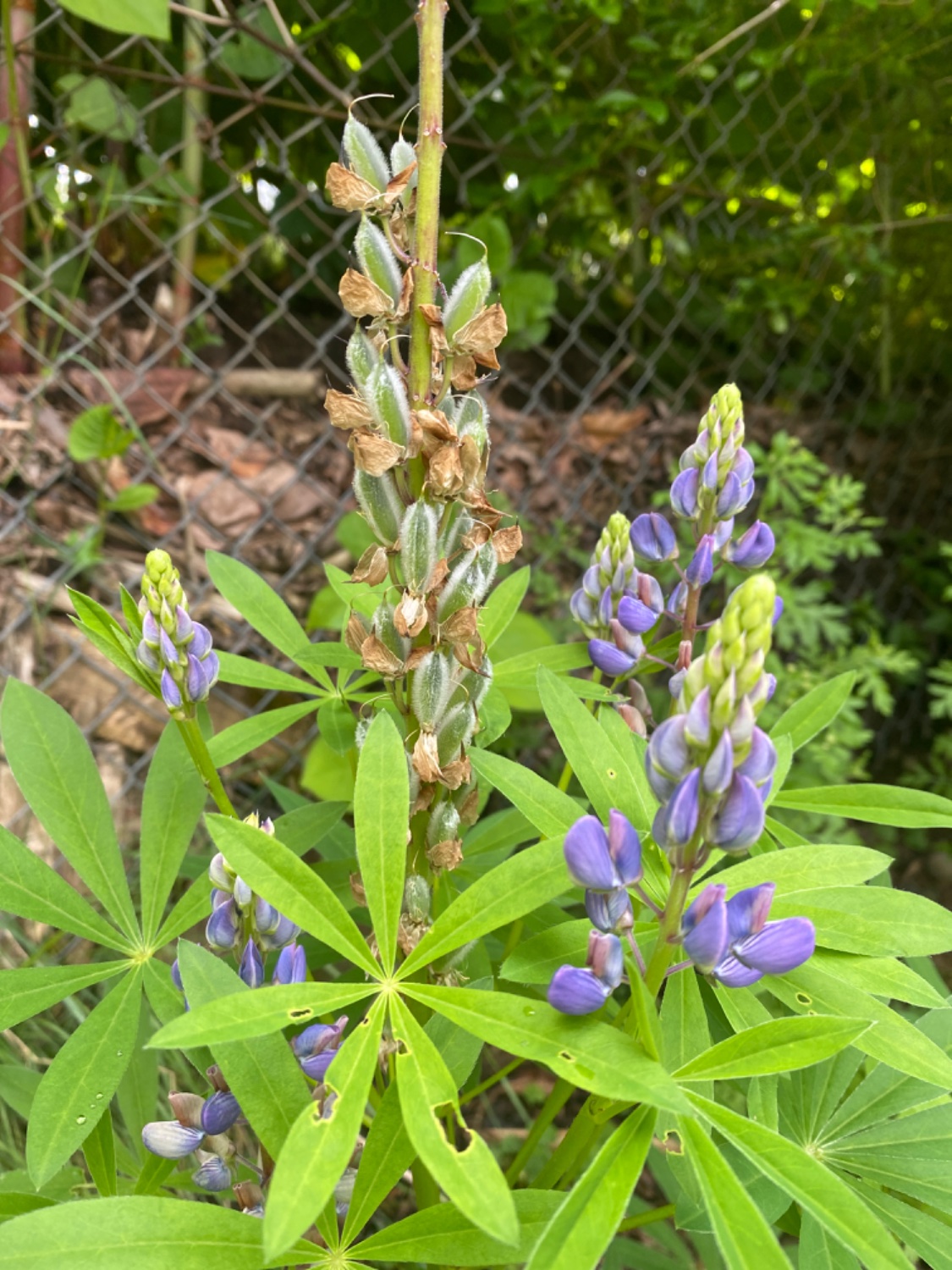deleted by creator
No kidding? Where is that? They’re native in Pacific Northwest and in fact one variety is the host plant for the endangered fenders blue butterfly
deleted by creator
I think you have the nitrogen thing backwards: lupine are nitrogen-fixers, meaning they pull nitrogen from the air and put it in the ground where non-nitrogen-fixing plants can access it.* However you’re correct that they’re invasive in Europe, and multiply quickly and aggressively (a single plant will produce thousands if not tens of thousands of seeds every year). I’ve heard that despite this they were intentionally introduced to Iceland to help revegetate the barren landscape after many failed attempts at reforestation (despite being known for its wide open spaces, Iceland used to be a giant forest… before humans cut down all the trees). The idea is for the lupine, which grow splendidly there, to be the first line of revegetation, to be later replaced by native species, kind of like cover-cropping in agriculture. We’ll have to wait and see if this Hail Mary approach works out…
*Nitrogen-fixing is way more complicated than I’m describing here, especially in a non-agricultural setting such as the wild. I know that in agriculture, to get the most benefit from your nitrogen fixers it’s best to not let them go to seed, something that obviously happens all the time in the wild.
deleted by creator
Oh, that makes a lot of sense! They make the soil too fertile, which allows plants that normally shouldn’t be able to live there to be successful and push out the poor-soil-adapted native species. It’s like irrigating a desert: all the drought-tolerant natives will get out-competed by water-loving plants.
I managed to eradicate them from my garden but it was a pain. I still have nightmares where I’d keep pulling them out and they’d grow bigger and bigger roots until there was nothing else left.
So after all that, I don’t even perceive them as pretty anymore.
hey op, how do you harvest the seed pods? or maybe when? ours are wild/native to where we live and I would like to start growing them yearly around our house.
It’s easy! Actually these are from seeds I harvested in a park. After the flowers bloom the seed pods will develop. They can be opened up and planted in autumn or spring. Lupines are legumes like peas, so look for pea pods and let them ripen until the seeds are black

To add to this: wait until the pods are brown and dried and close to popping open; if you’re uncertain, they start popping open from the bottom up so you can wait until a few pods have popped, then harvest seeds from the rows above them.
To plant, you can spread a handful of seed in the desired spot in the fall (depending on your climate and when exactly you spread them, they’ll either begin sprouting in the late fall or spring). I’ve also had great success planting them in pots in early-to-late spring; I’ve heard they require “scarification” so I take a very sharp knife and slice off a tiny part of the seed’s hard shell. It’s finicky work and not necessary, but does improve germination rate. I’ve also experimented with cold stratification, but that seems unnecessary for the varieties I’ve grown (Western Washington State natives). Once a plant is established in your yard and begins dropping its own seeds, you’ll have tons of little volunteers every year.
There are many, MANY species of lupine, from 6ft+ globes to tiny rock/sand dwellers only a few inches tall. Some species are annuals and some are perennials (although the perennials can be quite short-lived, only a few years). I’ve successfully grown some of the smaller varieties in containers, but many lupine have extremely long taproots and will struggle if confined. They do best when given an area that they can take over/dominate; think of it more like a lupine patch rather than an individual lupine plant.
While they’re a bit more wild than your standard garden plant, lupine are fantastic additions to any garden where they’re locally native (much of North America… but make sure to select a species local to your area; they’re aggressive invasives outside their native range!). Besides their unique foliage and beautiful flowers, they are a bumblebee favorite! Plus the perennials are evergreen in more mild climates (zones 9+ or so?)
Awesome, we have pods gallore right now. thanks!
if you soak the seeds in running water for like a week you can eat them. huge PITA but very tasty when debittered
Is lupine the same as wolfsbane? - A user from All






